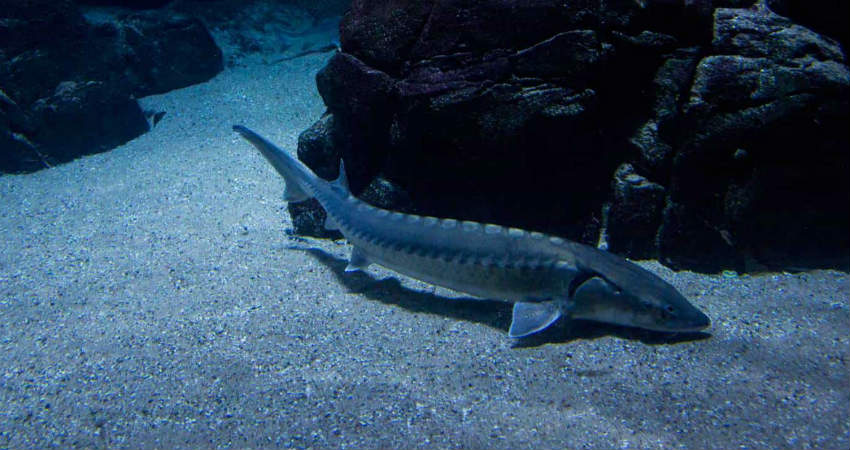
It has come to notice that the populations of the great beasts which once dominated the world’s rivers and lakes have slammed in the last 50 years.
Some freshwater megafauna has already been declared extinct, such as the Yangtze dolphin, and many more are now on the brink, from the Mekong giant catfish and stingray to India’s gharial crocodiles to the European sturgeon. Just three Chinese giant softshell turtles are known to survive, and all are male. Across Europe, North Africa and Asia, populations have plunged by 97% since 1970.
It is being said that the killing of animals for meat, skins, and eggs is the cause of the decline, along with humanity’s ever-growing thirst for freshwater for crops, as well as widespread pollution.
Well, the scientists have assessed 126 species, covering 72 countries, and found that the numbers had plunged by an average of 88%.
It will not be strange enough to say that most of the creatures are the keystone species in their ecosystems, such as the beavers. Adding to this, the researchers said that the loss of these species will have knock-on effects on all fauna and flora.
Zeb Hogan from the University of Nevada, US, who participated in the research team said that many of the species are at risk of extinction, and almost all of them need our help. It’s a race now to see what can be understood and protected before it’s too late.
The Mekong river in southeast Asia is home to more giant fish species than any other river on Earth. Hogan said that the populations have dropped to almost zero as the rapidly increasing human population has escalated the pressure on them.
The Mekong is also home to the world’s largest catfish, which can weigh almost 300kg (661lb), and the biggest carp and freshwater stingray species. Sadly, all these species are now classified as critically endangered, one step from extinction.
The researchers also mentioned that the anticipated escalation of dangers facing mega‐fish in basins such as the Amazon, Congo, and Mekong due to the boom in hydropower dam construction is worrisome. Large animals usually need large ranges and dams block migration routes and access to feeding grounds. Hence, two-thirds of the world’s great rivers no longer run freely.
Freshwater animals are declining much faster than land animals and the loss of river and lake megafauna also endanger smaller creatures and plants. Disruption of delicate food chains causes damage, as does the loss of pools maintained by beavers and crocodile.
While the new study cites some successes as the result of persistent conservation efforts. This includes population increase in two species of sturgeon in the US, the American beaver and the Asian Irrawaddy river dolphin, wherein the latter is still classified as vulnerable.
Image Credits – Aqua Info
Any information taken from here should be credited to Skymet Weather


